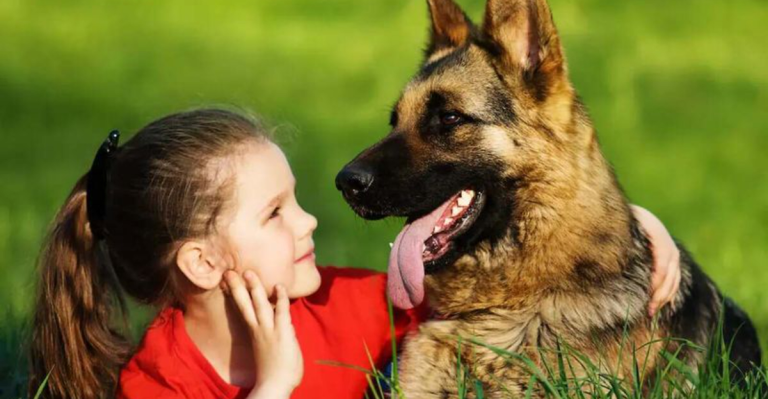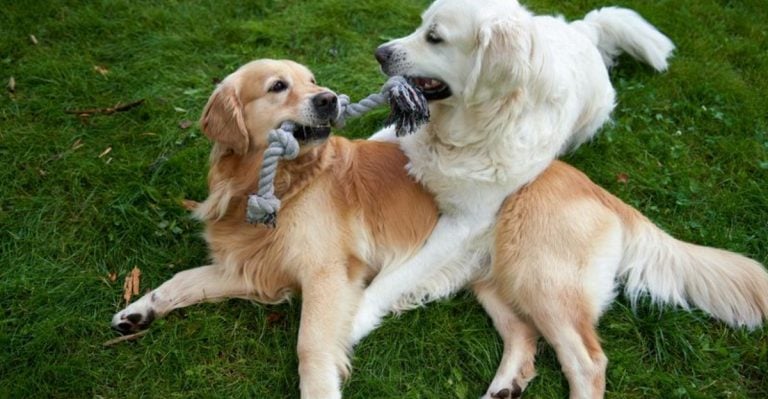Multi-Pet Household? These 25 Dogs Could Cause Chaos
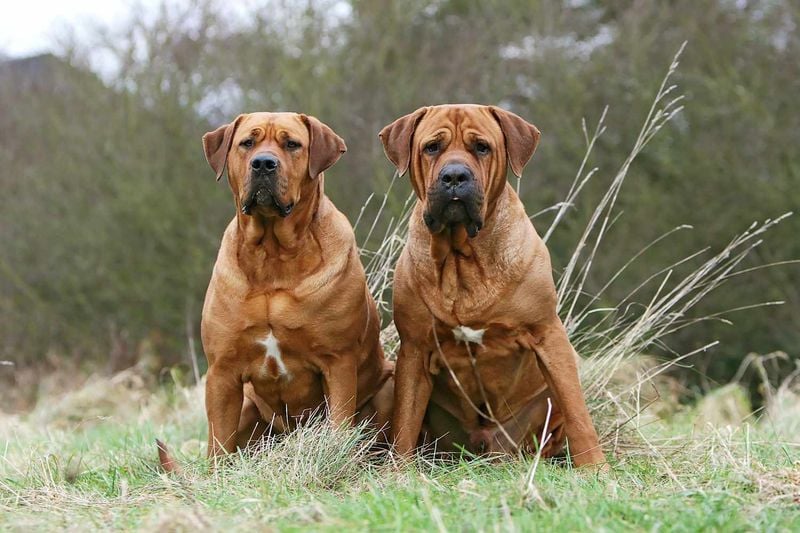
Bringing a new dog into a home that already has pets requires careful consideration.
Some dog breeds have strong prey drives, territorial instincts, or independent personalities that can make multi-pet harmony difficult to achieve. While every dog is an individual with unique traits, certain breeds tend to present more challenges when living with other animals.
Here’s a look at 25 dog breeds that might create some chaos in your multi-pet household.
1. Akita: The Dignified Dominator
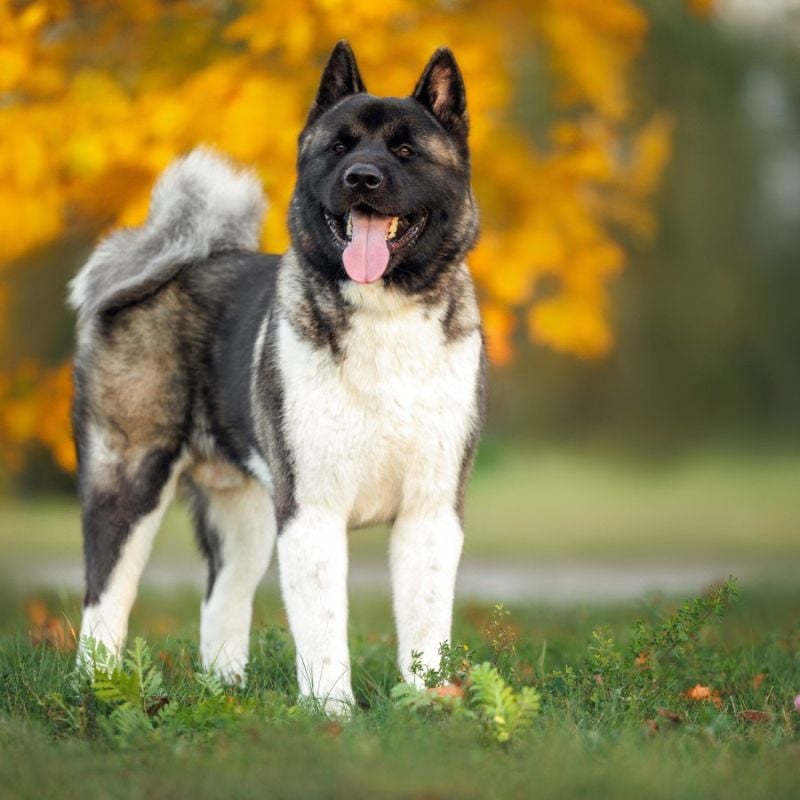
Akitas carry themselves with a regal bearing that masks their powerful protective instincts. Originally bred to hunt large game in Japan, they possess a strong prey drive that can spell trouble for smaller household pets.
These magnificent dogs typically bond deeply with their human family but remain suspicious of outsiders—including new animal additions. Their territorial nature means they often view other pets as intruders rather than potential friends.
Without proper socialization from puppyhood, an Akita may attempt to establish dominance over other animals through intimidation or aggression. Their quiet, calculating demeanor makes them particularly challenging roommates for cats or small dogs.
2. Chow Chow: The Aloof Aristocrat
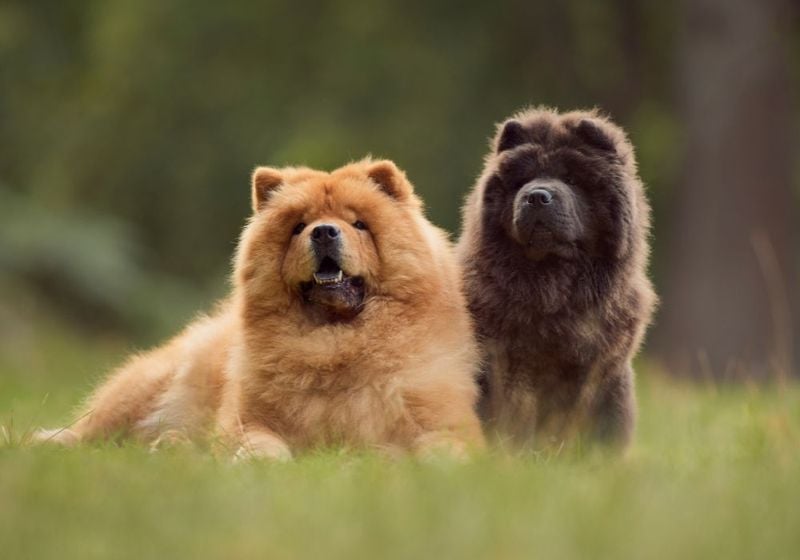
Behind that fluffy teddy-bear exterior lies a fiercely independent spirit with ancient guardian instincts. Chow Chows typically form strong bonds with one person while maintaining a suspicious attitude toward others—including four-legged housemates.
Their natural aloofness extends to animal companions, making them reluctant participants in multi-pet dynamics. A Chow’s territorial instincts date back to their origins as all-purpose working dogs in China, where they guarded homes and hunted game.
Food aggression can be particularly problematic with this breed, turning peaceful mealtimes into tense standoffs. Their cat-like temperament—independent, stubborn, and somewhat distant—means they rarely seek companionship from other pets.
3. Jack Russell Terrier: The Energetic Troublemaker

Boundless energy packed into a small frame makes the Jack Russell a whirlwind of activity that can overwhelm calmer pets. These terriers were bred to hunt foxes, giving them an instinctual drive to chase anything that moves—including your cat or pet rabbit.
Their tenacious personality means they rarely back down from confrontation, even with much larger animals. Jack Russells tend to establish themselves as the household alpha despite their small stature, creating power struggles with other dominant pets.
Mental stimulation is crucial for this breed; without it, they’ll invent their own entertainment—often at other pets’ expense. Their lightning-fast reflexes and agility allow them to torment slower animals by darting in, nipping, and escaping before retaliation.
4. Shiba Inu: The Foxy Individualist
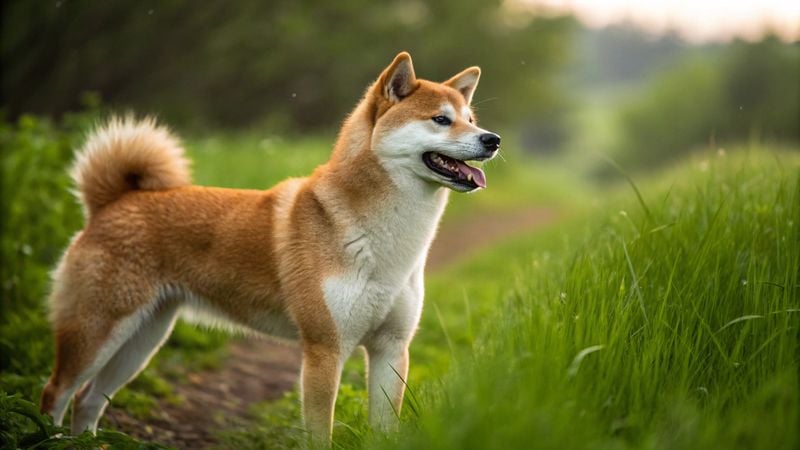
Shibas possess a cat-like independence that makes them reluctant to accommodate other pets’ needs or boundaries. Their primitive hunting instincts remain strong, triggering chase behaviors toward smaller animals that can quickly escalate from play to predation.
Food and toy possessiveness are common Shiba traits that create friction in multi-pet households. Their famous “Shiba scream” can startle other animals, while their dramatic reactions to minor provocations often confuse more easy-going pets.
Shibas typically establish strict personal boundaries and react defensively when these are crossed by clueless animal housemates. Their intelligence works against household harmony when they use it to manipulate situations, stealing other pets’ resources or creating diversions to get what they want.
5. Dachshund: The Determined Digger

Those short legs carry a surprisingly assertive personality with a stubborn streak a mile wide. Bred to hunt badgers underground, Dachshunds maintain a tenacious prey drive that can target smaller household pets like hamsters or birds.
Their jealous nature means they often struggle when sharing their human’s attention with other animals. Dachshunds frequently establish complex dominance hierarchies and can become bossy with larger, more docile dogs in the household.
The breed’s notorious barking habit can stress noise-sensitive animals like rabbits or cats. Despite their size, they’re fearless to a fault—often challenging much larger dogs without considering the consequences, creating tense household dynamics that keep everyone walking on eggshells.
6. Shar Pei: The Wrinkled Warrior
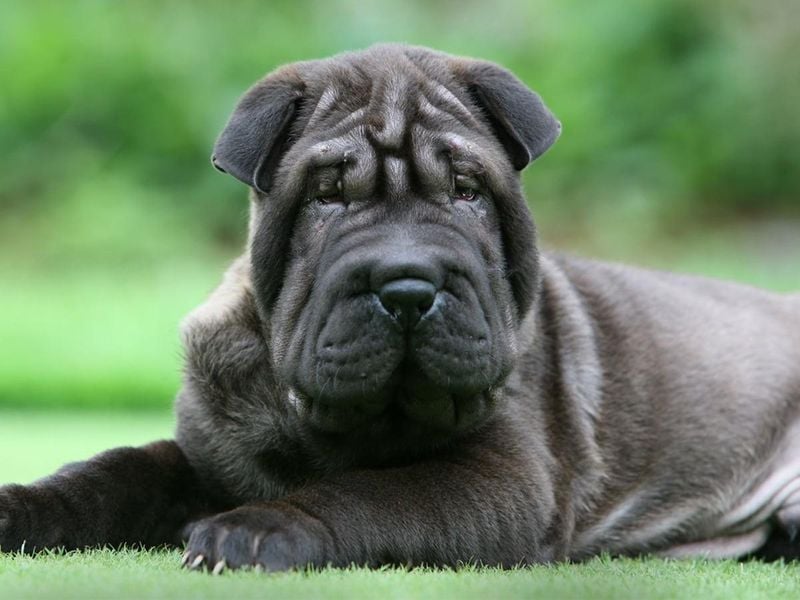
Those distinctive wrinkles hide a deeply territorial spirit that can make sharing space difficult. Originally bred as fighting dogs in ancient China, Shar Peis retain a suspicious attitude toward other animals and a low tolerance for perceived challenges to their status.
Their naturally reserved temperament means they rarely form close bonds with non-human housemates. Food aggression appears frequently in this breed, turning mealtimes into potential conflict zones in multi-pet households.
Shar Peis communicate subtly, using body language that other animals may misinterpret, leading to misunderstandings that escalate quickly. Their pain tolerance is remarkably high, allowing them to ignore warning nips from other pets and continue provocative behavior past the point where most dogs would back down.
7. Doberman Pinscher: The Vigilant Protector

Dobermans approach household management with military precision, often appointing themselves as enforcers of their own strict rules. Their protective instincts can lead them to “police” interactions between other pets, intervening in play they perceive as too rough.
The breed’s intelligence allows them to quickly identify household hierarchies and exploit weaknesses. Their size and strength combined with lightning-quick reflexes make even their gentle corrections intimidating to smaller animals.
Dobermans form intense bonds with their humans and may view other pets as competition for attention and resources. Their natural suspicion of unusual behaviors can trigger defensive responses to the normal antics of more carefree pets like ferrets or kittens, creating an atmosphere of constant tension.
8. Belgian Malinois: The Workaholic Herder

Belgian Malinois bring military-grade intensity to everyday household interactions. Their herding background translates to nipping at the heels of other pets, attempting to control their movements throughout the house.
Without adequate physical and mental stimulation, a Malinois will redirect their working drive toward reorganizing your pet hierarchy—often appointing themselves as CEO. Their exceptional intelligence means they quickly learn which buttons to push to provoke reactions from other animals.
The breed’s sensitivity to movement makes living with playful, unpredictable pets particularly challenging. A Malinois with insufficient outlets for their working drive may develop obsessive behaviors like stalking the cat or endlessly patrolling the goldfish tank, creating an atmosphere of perpetual surveillance that stresses other animals.
9. Basenji: The Barkless Mischief-Maker
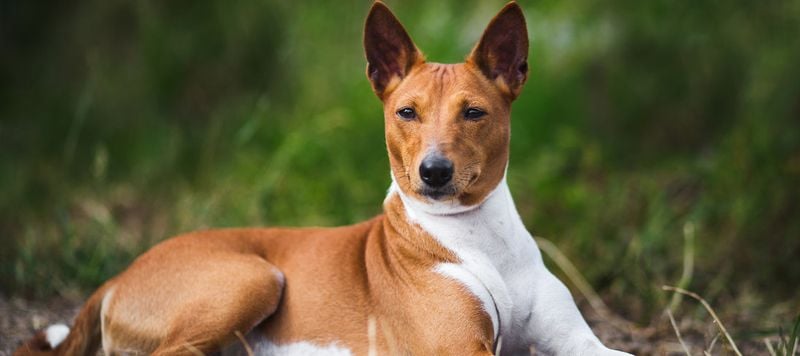
Don’t let their silent nature fool you—Basenjis communicate volumes through mischievous actions rather than barks. Their hunting heritage from Central Africa gives them a strong prey drive that can spell trouble for smaller pets like birds, rodents, or even cats.
Notorious escape artists, they’ll create elaborate schemes to breach barriers separating them from forbidden animal companions. Their cat-like grooming habits and independent nature often put them at odds with needier, more affectionate pets.
Basenjis possess a unique sense of humor that other animals rarely appreciate—like stealing a dog bed just to watch the reaction. Their unusual yodel can startle other pets, while their remarkable climbing abilities mean no perch is safe for animals seeking refuge from their persistent curiosity.
10. Alaskan Malamute: The Powerful Pack Animal
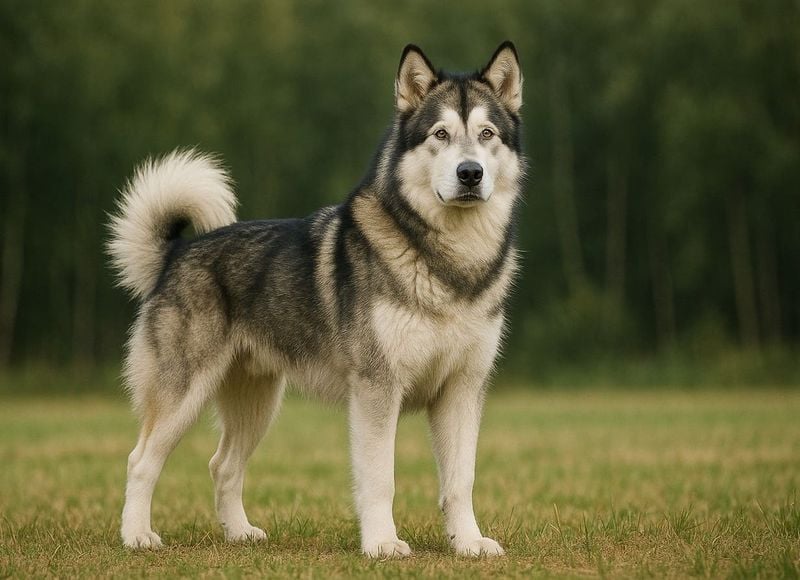
Malamutes approach life with the mindset of a wolf pack member, constantly assessing and sometimes challenging the household hierarchy. Their immense strength combined with playful roughhousing can unintentionally injure smaller animals during what they consider normal interaction.
Bred to hunt seals and pull heavy sleds in harsh Arctic conditions, Malamutes possess a prey drive that can activate suddenly around small, quick-moving pets. Their thick double coat sheds profusely, creating floating fur tumbleweeds that stress clean-freak cats and trigger respiratory issues in small mammals.
Malamutes are notorious food thieves with little respect for other animals’ belongings or personal space. Their howling communications can distress sensitive pets, while their tendency to dig cooling pits in floors and furniture disrupts everyone’s living arrangements.
11. Australian Cattle Dog: The Relentless Manager

Australian Cattle Dogs approach household management with the intensity they once applied to controlling stubborn livestock. Their nipping instinct—used to move cattle—often gets redirected toward other pets’ ankles, tails, or ears when they aren’t moving according to the Cattle Dog’s precise mental schedule.
These dogs possess remarkable stamina, outlasting other pets in any activity and continuing to pester long after others have signaled their desire to rest. Their problem-solving intelligence means they quickly learn which actions most effectively annoy or control their animal housemates.
Cattle Dogs form strong opinions about proper household conduct and appoint themselves as enforcers. Their vigilant nature means they notice and react to the slightest changes in routine or behavior, creating a high-stress environment for more laid-back pets who prefer a flexible lifestyle.
12. Tosa Inu: The Heavyweight Contender

Massive and imposing, the Tosa Inu brings a formidable presence to any pet gathering. This Japanese fighting breed maintains strong guarding instincts that can make them view other animals as potential threats rather than family members.
Their stoic nature means they give few warning signals before responding to perceived challenges from other pets. Even gentle play between the Tosa and smaller animals can quickly become dangerous due to the extreme size difference and the breed’s limited awareness of its own strength.
Tosas typically remain aloof from other pets, preferring human companionship exclusively. Their historical fighting background has bred in a high pain tolerance and determination that can make conflicts with other household animals particularly difficult to interrupt or redirect once they’ve begun.
13. Lhasa Apso: The Tiny Tyrant
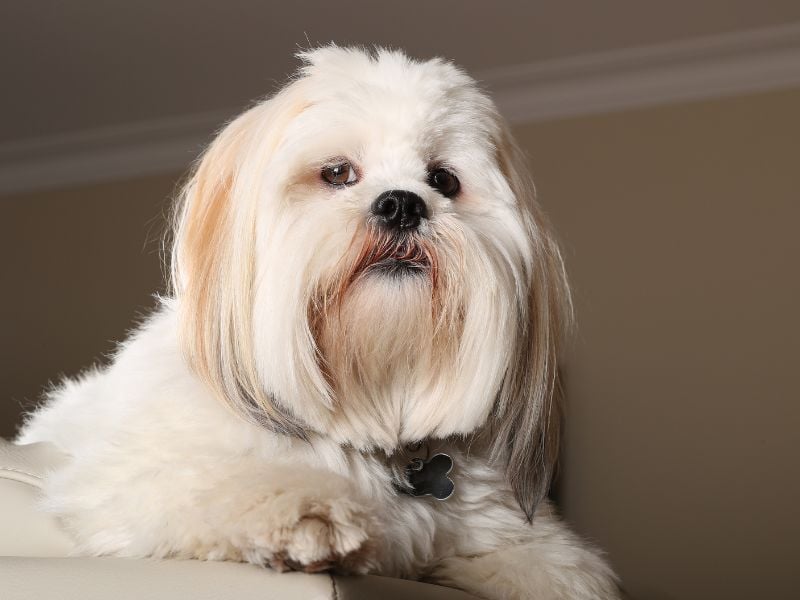
Behind that flowing coat and innocent expression lies the heart of an ancient Tibetan sentinel. Lhasa Apsos were bred to alert monks to intruders, and they still take this job seriously—treating new animal additions as suspicious foreigners for months.
Their royal heritage as companions to Dalai Lamas has left them with a sense of entitlement that can manifest as resource guarding and demanding preferential treatment. Despite their small size, Lhasas fear nothing and will confidently challenge much larger pets over perceived territorial violations.
Their long memory for slights means one negative interaction with another pet can create lasting animosity. The Lhasa’s distinctive alarm bark—piercing and persistent—can trigger anxiety in sensitive animals and set off barking chains that escalate household tension.
14. Afghan Hound: The Regal Runner
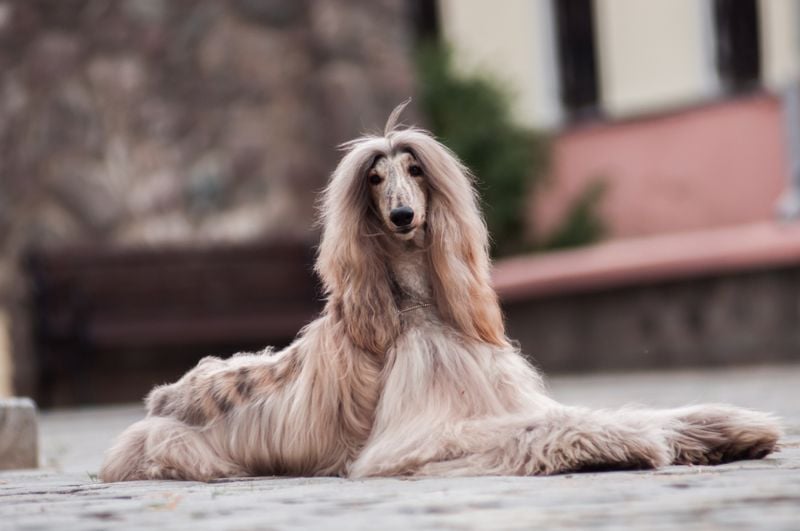
Afghan Hounds combine breathtaking beauty with a surprising predatory intensity that can disrupt multi-pet harmony. Their ancient sighthound heritage gives them an overwhelming instinct to chase anything that moves quickly—including your scurrying guinea pig or darting cat.
Their independent, somewhat aloof nature means they rarely form close bonds with non-human housemates. When an Afghan’s prey drive activates, their normally serene demeanor transforms instantly into focused pursuit at speeds approaching 40 mph—even indoors.
Afghans typically respond to training with a questioning “What’s in it for me?” attitude that makes reliable recall during chase situations challenging. Their dramatic, theatrical responses to minor pet conflicts can escalate simple disagreements into household-wide dramatic events that leave everyone stressed.
15. Fox Terrier: The Relentless Instigator
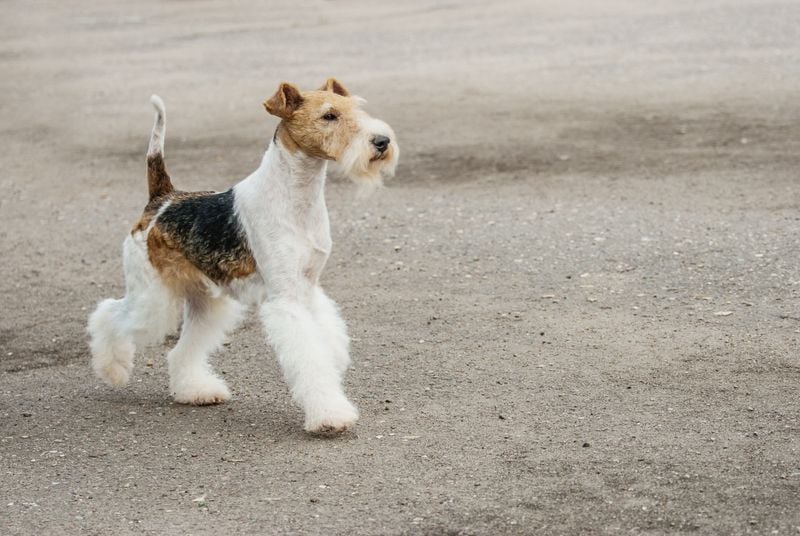
Fox Terriers approach life with a troublemaker’s grin and boundless enthusiasm for stirring up excitement. Their name reveals their original purpose—foxes were their prey, and that hunting drive remains fully intact around small furry housemates.
These dogs possess seemingly inexhaustible energy reserves, continuing to pester long after other pets have signaled their desire for peace. Their bark is particularly piercing and frequent, creating a stressful soundscape for sensitive animals like rabbits or birds.
Fox Terriers have an uncanny ability to identify and exploit other pets’ triggers, whether it’s stealing a cat’s favorite sunning spot or repeatedly invading a senior dog’s personal space. Their digging instinct often extends to pet beds, litter boxes, and aquariums, leaving no corner of the multi-pet household undisturbed.
16. Manchester Terrier: The Sleek Strategist
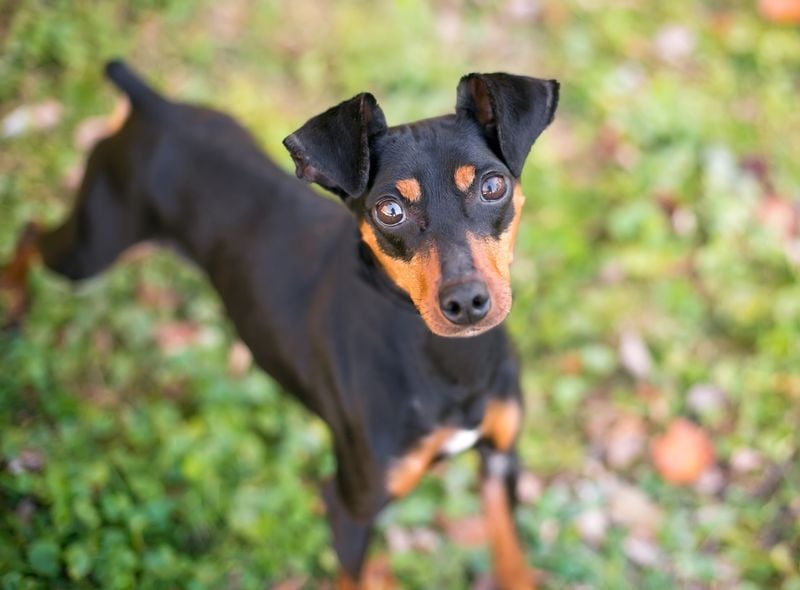
Manchester Terriers combine rat-hunting precision with surprising stubbornness, creating challenges in mixed-species households. Their history as vermin controllers gives them a lightning-quick prey response to small, fast-moving animals—including pet hamsters, birds, or scurrying kittens.
Highly intelligent, they quickly learn which behaviors annoy both humans and animal housemates, using this knowledge strategically. Their piercing bark can trigger anxiety responses in more sensitive pets, while their tendency to fixate on movement can make relaxation impossible for active animals.
Manchesters often establish elaborate rules about toy ownership, food access, and sleeping arrangements that other pets find baffling and restrictive. Their athletic abilities allow them to access spaces other pets consider safe retreats, eliminating sanctuary zones that help maintain peace in multi-pet households.
17. Cairn Terrier: The Scrappy Excavator

Famous as the breed that played Toto in The Wizard of Oz, Cairn Terriers bring a feisty determination that belies their small size. Originally bred to dig out prey from rock piles (cairns) in the Scottish Highlands, they approach household living with the same tenacity—treating flowerpots, litter boxes, and pet beds as excavation sites.
Their vermin-hunting background makes them relentless pursuers of smaller pets like hamsters or guinea pigs. Cairns possess a surprisingly loud, sharp bark that can startle more sensitive animals and trigger anxiety responses.
These terriers typically insist on being involved in every household activity, creating stress for pets who value personal space. Their natural confidence often manifests as a willingness to challenge much larger animals, creating tense standoffs that disrupt household harmony.
18. Bullmastiff: The Gentle Giant with Boundaries
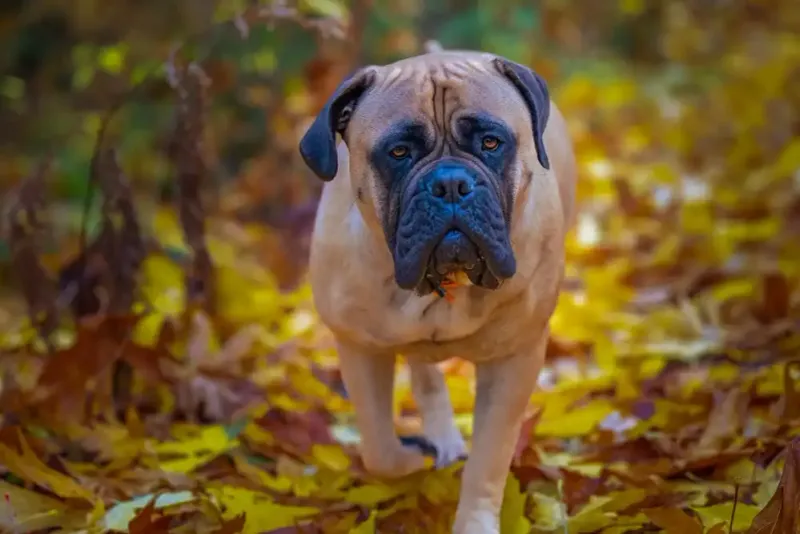
Bullmastiffs bring historical intensity as estate guardians who once tackled poachers. Their massive size—often exceeding 130 pounds—means even gentle play can inadvertently injure smaller housemates or knock over cages and aquariums.
These giants are notorious for claiming prime household real estate, sprawling across doorways or entire couches with little regard for other pets’ access needs. Their drool production creates slipping hazards for older pets and stress for fastidious animals like cats.
Bullmastiffs typically establish clear boundaries about personal space and resource access that can confuse more social animals. Their protective nature sometimes leads them to intervene in normal play between other pets, perceiving rough-housing as a threat situation that requires their massive presence to resolve.
19. Standard Schnauzer: The Bearded Boundary-Setter
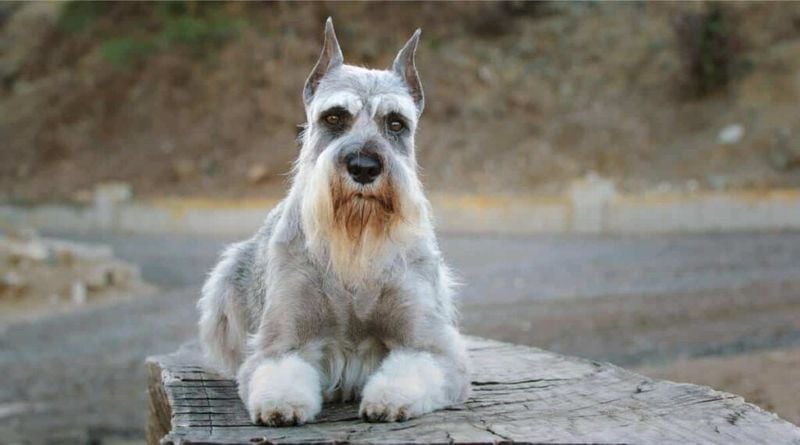
Standard Schnauzers approach household management with Germanic precision and strong opinions about proper conduct. Their rat-catching heritage gives them quick reflexes and a predatory intensity that can frighten smaller pets during play sessions that escalate without warning.
Extremely territorial, they often designate certain areas as exclusively theirs and enforce these boundaries vigorously. Their distinctive barking style—loud, sharp, and persistent—can create anxiety in noise-sensitive animals like rabbits or birds.
Schnauzers frequently appoint themselves as activity monitors, interfering in other pets’ games or rest periods if they deem the behavior inappropriate. Their beard and eyebrows collect water and food, which they then distribute throughout the house, creating mess that distresses fastidious animal housemates and potentially attracting pests.
20. Rhodesian Ridgeback: The Lion Hunter
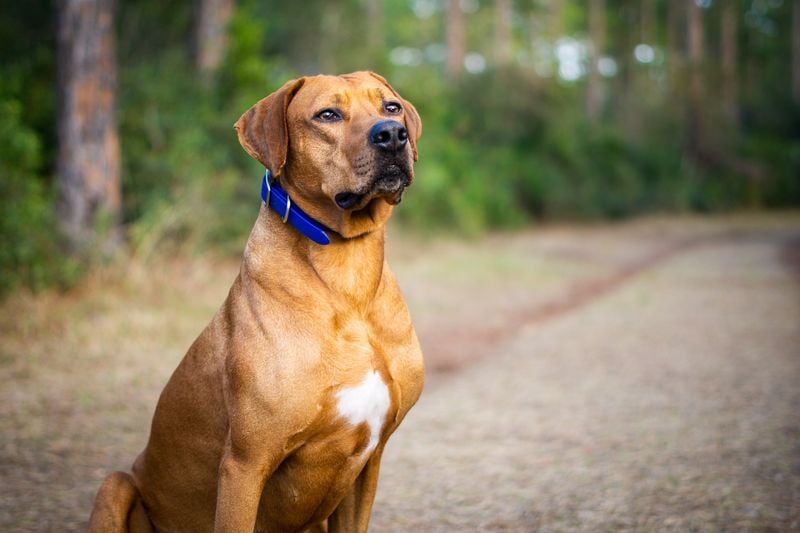
Rhodesian Ridgebacks bring the focused intensity of dogs bred to track and bay lions in Africa. Their impressive athleticism means they can reach countertops, shelves, and other “safe” zones where smaller pets retreat, eliminating sanctuary spaces in multi-pet households.
Their play style tends toward rough-and-tumble wrestling that can overwhelm less physical animals. Ridgebacks possess a strong prey drive that can activate suddenly when smaller pets make quick movements, transforming casual household scenes into high-stress chase situations.
These dogs typically establish clear personal boundaries and react strongly when these are violated by clueless animal housemates. Their distinctive ridge of backward-growing hair along their spine rises when aroused or excited, creating a visual signal that can intimidate other pets even during friendly interactions.
21. Chinese Crested: The Sensitive Provocateur
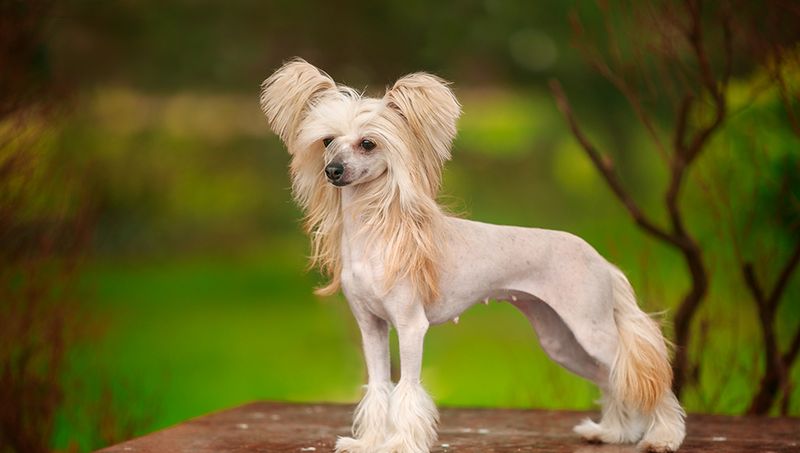
Don’t let their fragile appearance fool you—Chinese Cresteds possess surprisingly strong personalities that can disrupt multi-pet harmony. Their hairless bodies make them constantly seek warm spots, often displacing other pets from favorite sleeping locations or creating competition for prime sunbeams.
Cresteds typically bond intensely with one person, becoming jealous when attention is shared with other animals. Their delicate physique requires special consideration, including clothing in cold weather, which can confuse other pets and trigger predatory responses.
These dogs often develop elaborate routines and become stressed when other animals disrupt their precise schedules. Their skin requires regular moisturizing, creating slippery surfaces on furniture that can lead to falls for older pets and frustration for animals who dislike unfamiliar scents.
22. Weimaraner: The Velcro Shadow
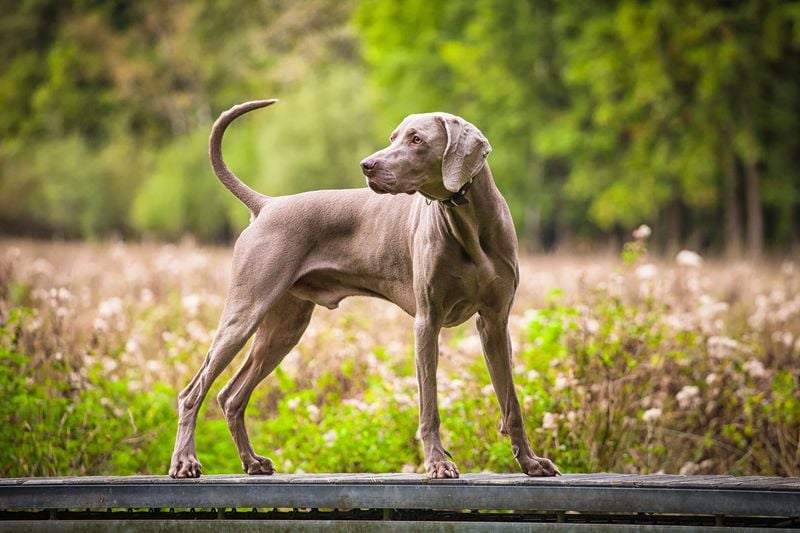
Weimaraners approach life with a combination of hunting intensity and extreme attachment anxiety that can overwhelm multi-pet households. Their nickname “grey ghost” reflects their tendency to silently shadow their owners—and sometimes other pets—creating an unnerving surveillance experience for animals who value personal space.
Originally bred to hunt large game, Weimaraners possess a strong prey drive that can activate suddenly around smaller, fast-moving pets. Their separation anxiety manifests in destructive behaviors that affect everyone’s belongings and living spaces.
These dogs require tremendous physical exercise; without it, they redirect their energy into pestering other pets with relentless play invitations. Their distinctive vocalizations—whines, groans, and “talking” sounds—can irritate sensitive animals and contribute to a chaotic sound environment.
23. American Bulldog: The Muscular Misunderstander
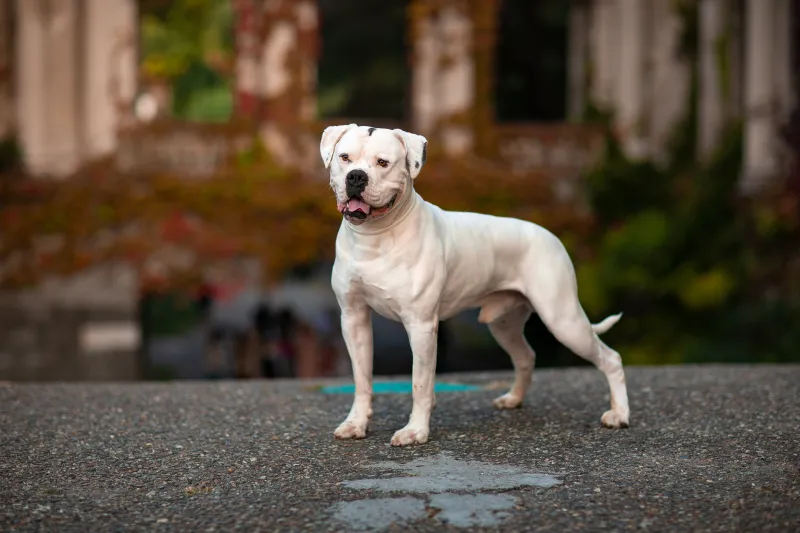
American Bulldogs combine impressive strength with playful enthusiasm that can overwhelm smaller housemates. Their history as catch dogs for livestock makes them grabby during play—using their powerful jaws to hold toys, bedding, or occasionally other pets’ scruffs.
Their muscular build means they often misjudge their own strength, accidentally knocking over water bowls, pet gates, or smaller animals. American Bulldogs typically play with full-body enthusiasm, creating a rowdy environment that stresses more reserved pets.
These dogs sometimes struggle to interpret subtle communication signals from cats or small dogs, missing warning signs before conflicts escalate. Their protective nature can lead them to misinterpret normal interactions between other pets as threatening, causing them to intervene unnecessarily in harmless situations.
24. Pekingese: The Imperial Demander
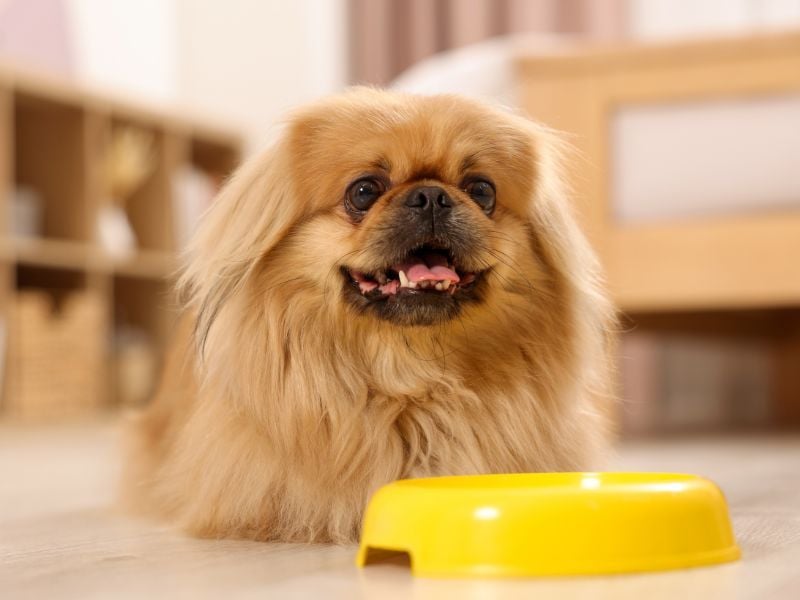
Pekingese carry themselves with the imperial attitude of dogs once owned exclusively by Chinese royalty. Their flat faces limit their exercise tolerance, creating resentment when more athletic pets want to engage in active play.
Despite their small size, Pekingese fear nothing and will confidently challenge much larger animals over resources or territory. Their long, luxurious coats require extensive grooming, during which they expect household activities to revolve around their beauty routines.
Pekingese typically develop strong preferences about sleeping locations, often claiming the most comfortable spots and refusing to share. Their shortened airways make them prone to snoring, reverse sneezing, and other unusual sounds that can startle or stress noise-sensitive pets like rabbits or birds.
25. Scottish Terrier: The Stubborn Sentinel
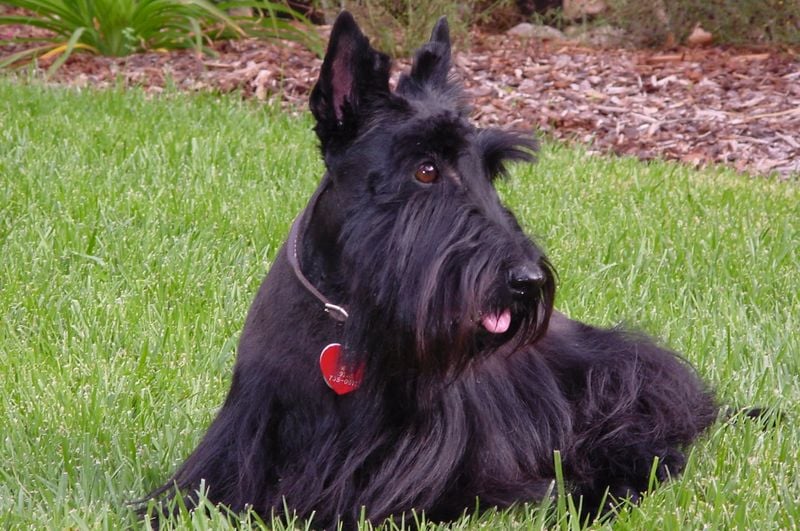
Scottish Terriers bring centuries of independent thinking and territorial guarding to multi-pet dynamics. Their dignified demeanor masks a feisty spirit that won’t back down from confrontations with animals twice their size.
Bred to hunt badgers and foxes, Scotties maintain a strong prey drive that can trigger sudden chases of smaller pets. Their low-slung bodies and powerful digging abilities allow them to breach barriers meant to separate animal housemates, eliminating safe zones for smaller creatures.
Scotties typically establish elaborate territory boundaries that make sense only to them, creating confusion when other pets innocently cross these invisible lines. Their distinctive bark—deep and authoritative for their size—can startle other animals and trigger barking chains that escalate household tension.


